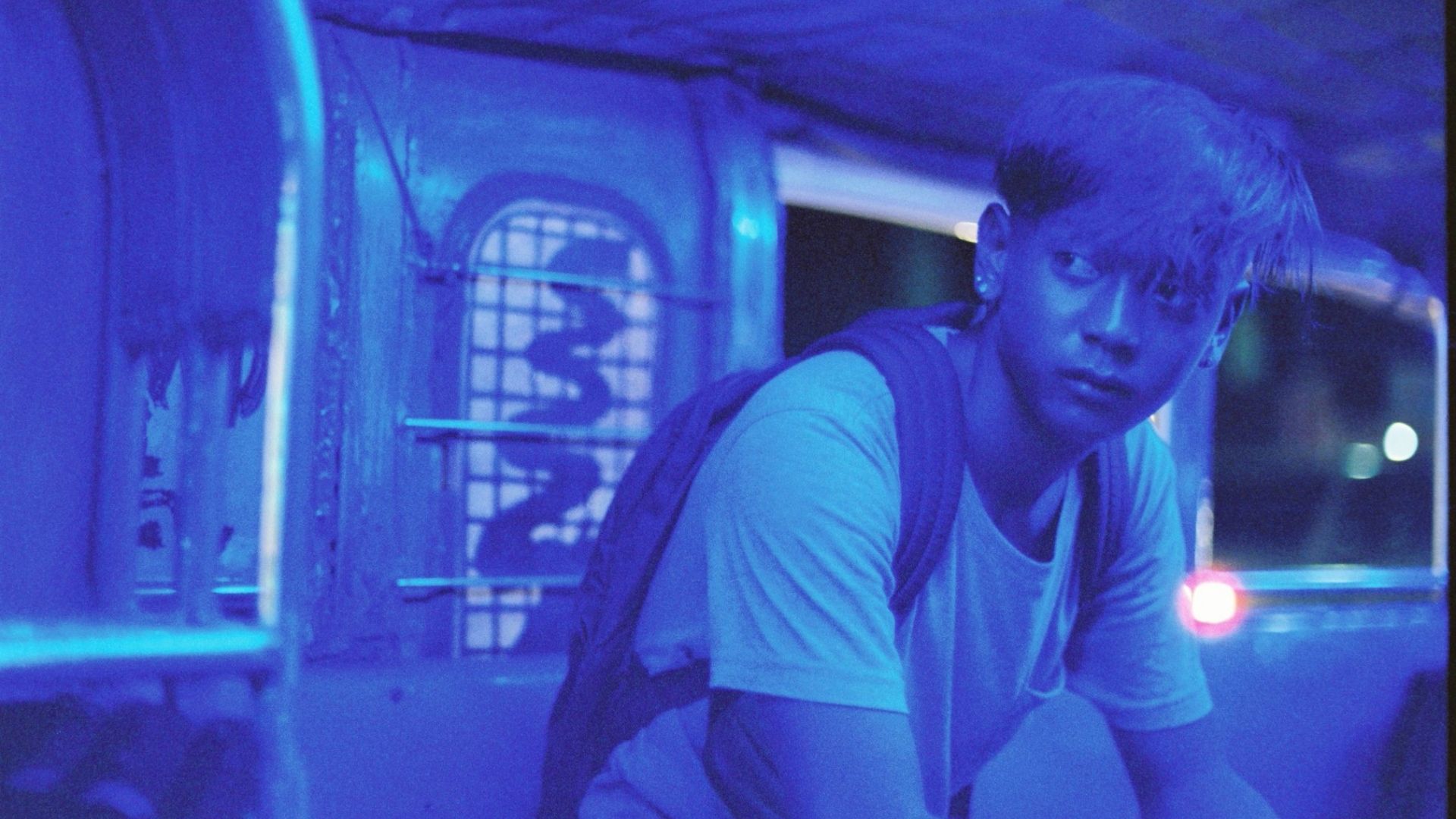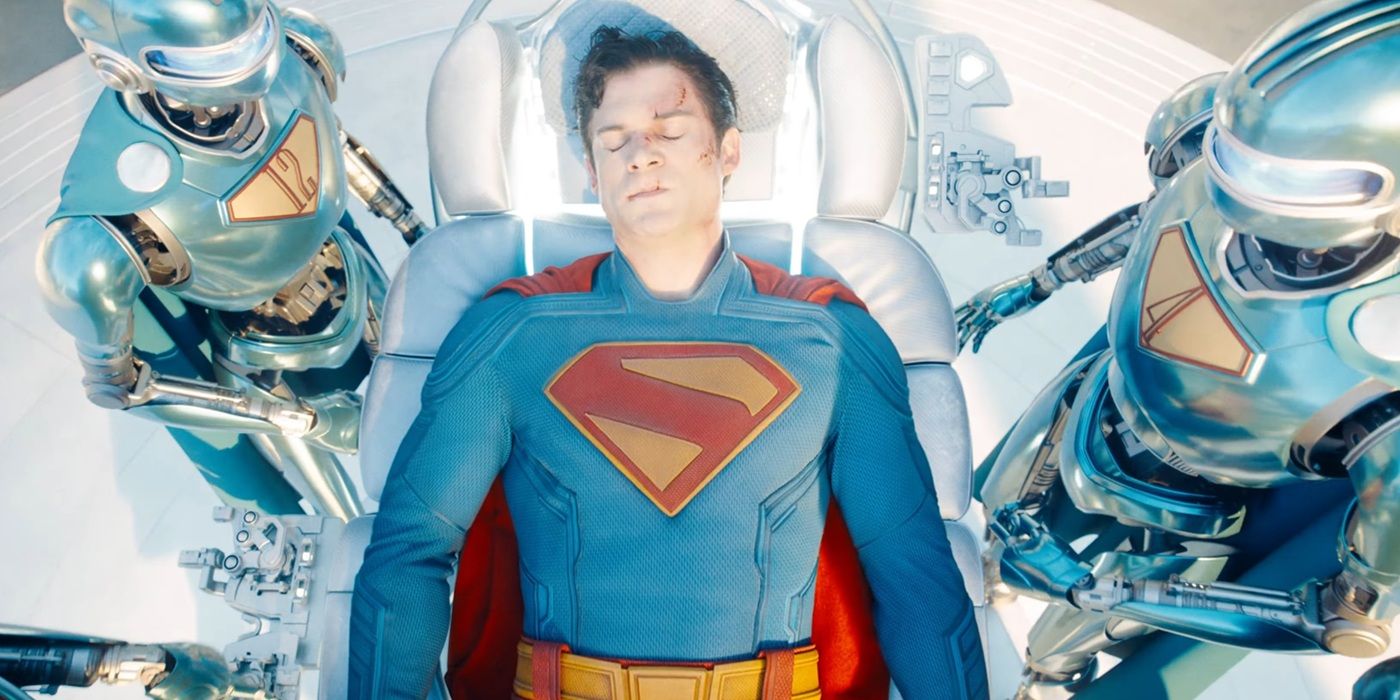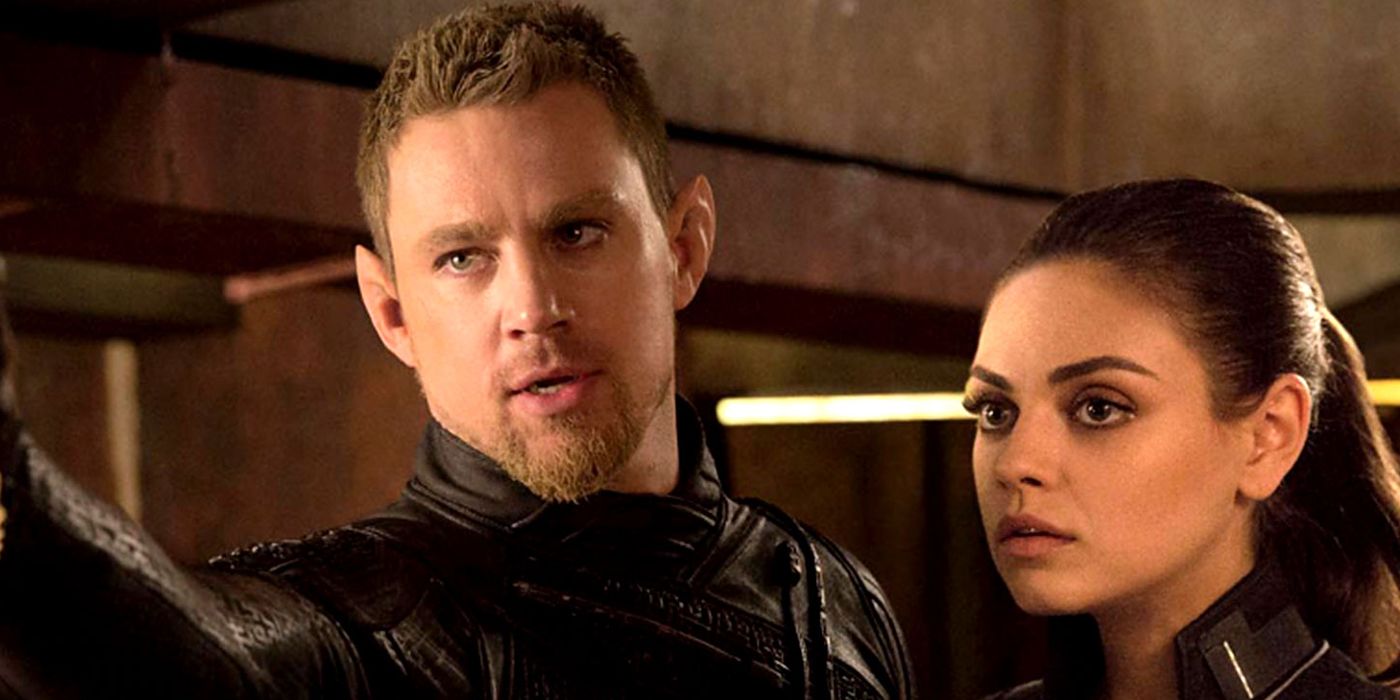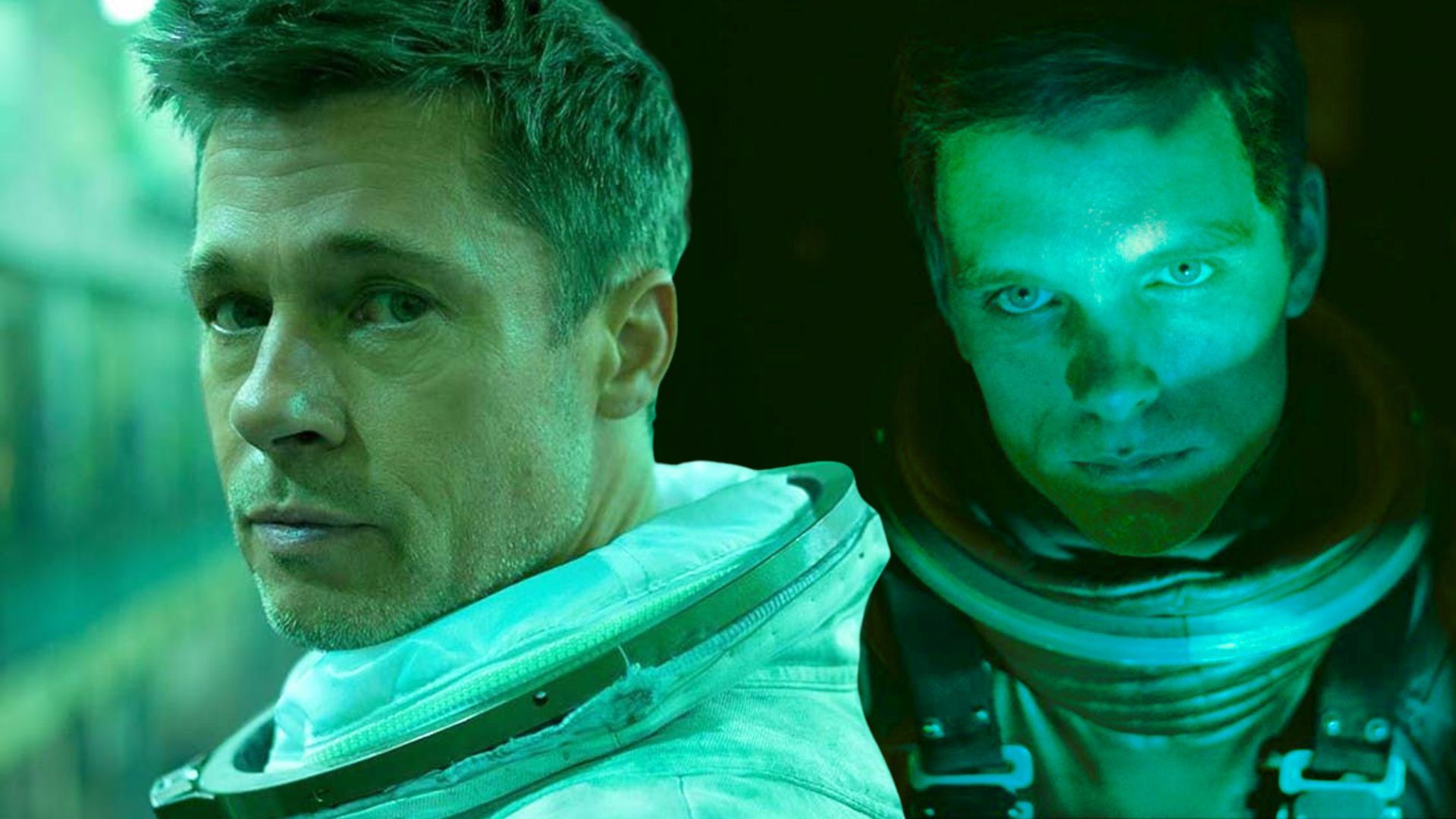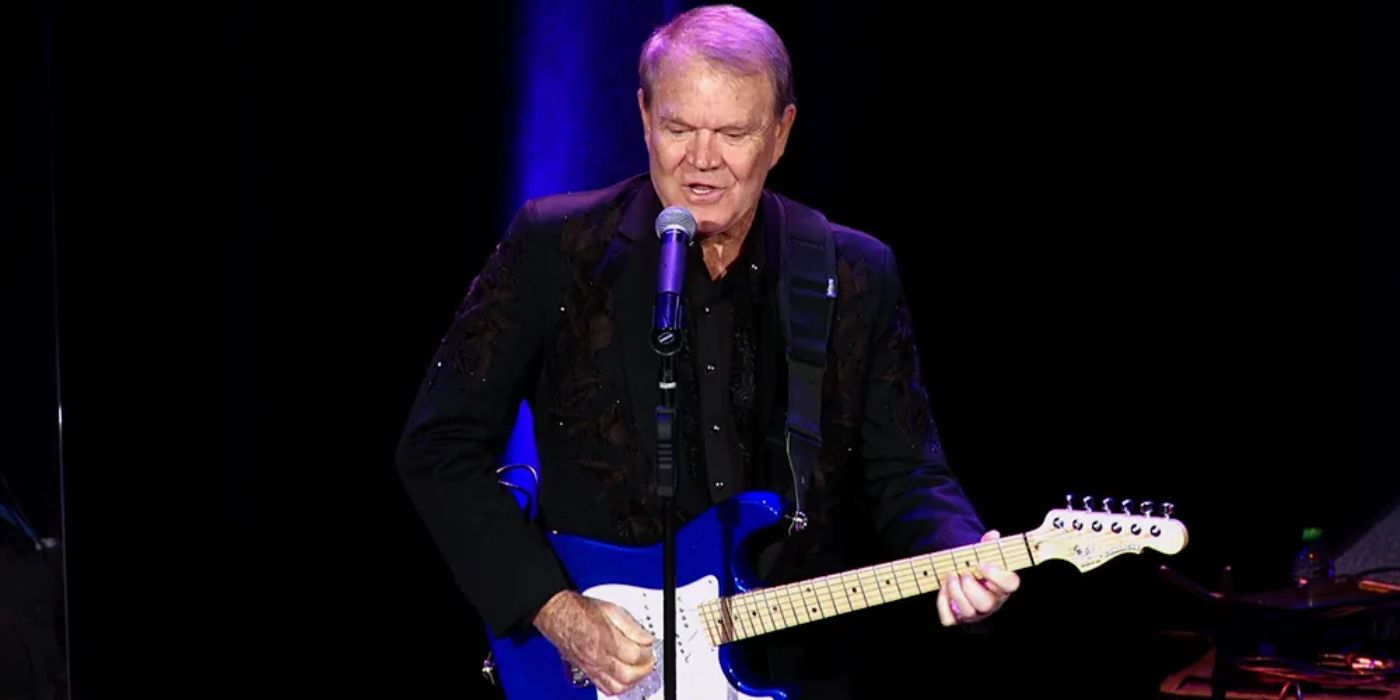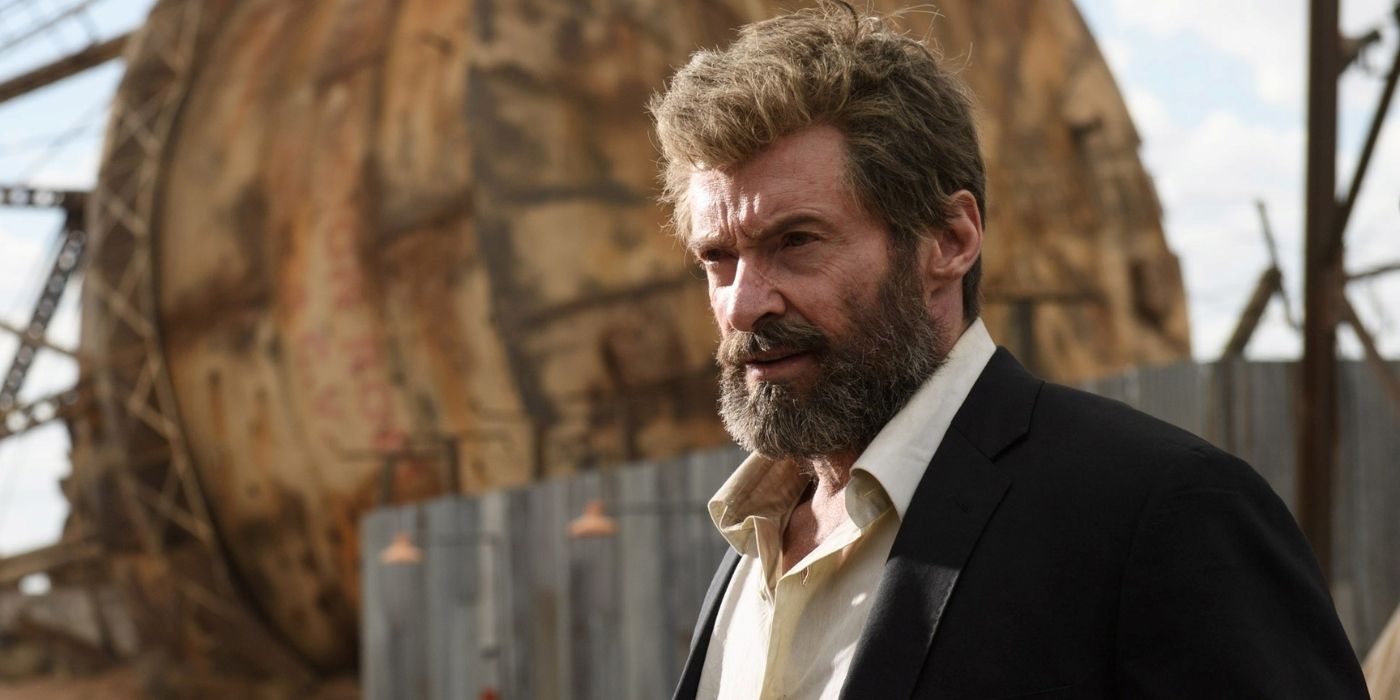The idea that images and image-recording technology can become extensions of state subjugation and white supremacist ideals is the most urgent and powerful line of inquiry in the movie, never more so than when a group of Black Baltimoreans are having a community meeting with a representative of a company that wants to put additional cameras in their neighborhood, allegedly to deter crime. This riveting scene (broken into pieces, alas, and used for more crosscutting effects, to its detriment) implicates the film itself, which was made predominantly by white artists. The Black folks in the room call the filmmakers out for not having any people of color on the crew (one of them says that he personally knows several filmmakers of color who could’ve participated) and ding one of the sponsors of the meeting, a Black clergyman, for not being crystal-clear with them about how footage from this meeting would be used in Anthony’s documentary. The face of most eloquent angry person in the room, a Haitian immigrant, is blurred, presumably because Anthony wanted him in the movie but didn’t want to get sued—a choice so complicated and troubling that it deserves its own short film.
The movie keeps returning to the intersection of race and police work—particularly when focusing on Scottsdale, Arizona-based Axon Technology, formerly Taser, which manufactures stun guns, body cameras, and other gadgets. A spokesperson for Axon keeps inadvertently serving up metaphors and ironies on a silver platter, and the film feasts on them. At one point, he gives the crew a tour of a plant where body cameras and weapons are manufactured, proudly declares that the open floor plan is a testament to its belief in “transparency” and “candor,” then directs his visitors’ attention to a “black box” area on the second floor where researchers can block their picture window view of the shop floor, to prevent anyone from seeing what they’re making. Later, the filmmakers go inside the “black box” area and have the Axon spokesman show how the windows can be blotted out at the touch of a button. He does it over and over, beaming at how cool it is, and how effortless.
Obviously there’s no single correct answer to be found in any of these detours, a couple of which nearly become narrative cul-de-sacs until the film recovers and jumps back into the present moment. It’s to the credit of Anthony, who wrote and edited as well as directed, and his cinematographer Corey Hughes, that you come away thinking about parts of the film that felt like cut-able digressions and undergraduate musings when you were watching them. As a freestanding work, “All Light, Everywhere” has got more problems than can be described here. But as a gift-bag of prompts for discussion, it’s hard to beat.
You can view the original article HERE.


